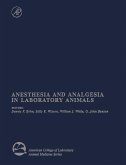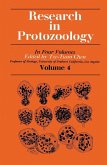Venomous Animals and Their Venoms, Volume II: Venomous Vertebrates is a collection of papers that describes the chemistry and biochemistry of snake, batrachian, and fish venoms. These papers discuss their pharmacological actions, their antigenic properties, and their medical aspects such as symptomatology and therapy. Papers describe the pharmacology and toxicology of the venoms of Asiatic, Australian, and Melanesian snakes including the cobra, the common Krait, the saw-scaled viper. One paper presents the pathology, symptomatology, treatment of snake bites in Australia, and the use of an antivenin schedule when the type of snake is not known. Some papers tackle the distribution of snakes in North America, and compare the biochemistry of Miliarius barbouri and Sistrurus catenatus which are subspecies of rattlesnakes. Other papers describe the biology and venom of the Arizona Gila monster and of the Mexican Gila monster. The basic substances in toad venom are from bases present in the glands, their secretions or on their skin. In treating stings from venomous fishes, one paper recommends the use of suction to remove the venom or soaking the injured part in hot water. This collection can be helpful for physicians, veterinarians, toxicologists, pharmacologists, chemists, and researchers in animal bites and injuries.
Dieser Download kann aus rechtlichen Gründen nur mit Rechnungsadresse in A, B, BG, CY, CZ, D, DK, EW, E, FIN, F, GR, HR, H, IRL, I, LT, L, LR, M, NL, PL, P, R, S, SLO, SK ausgeliefert werden.









